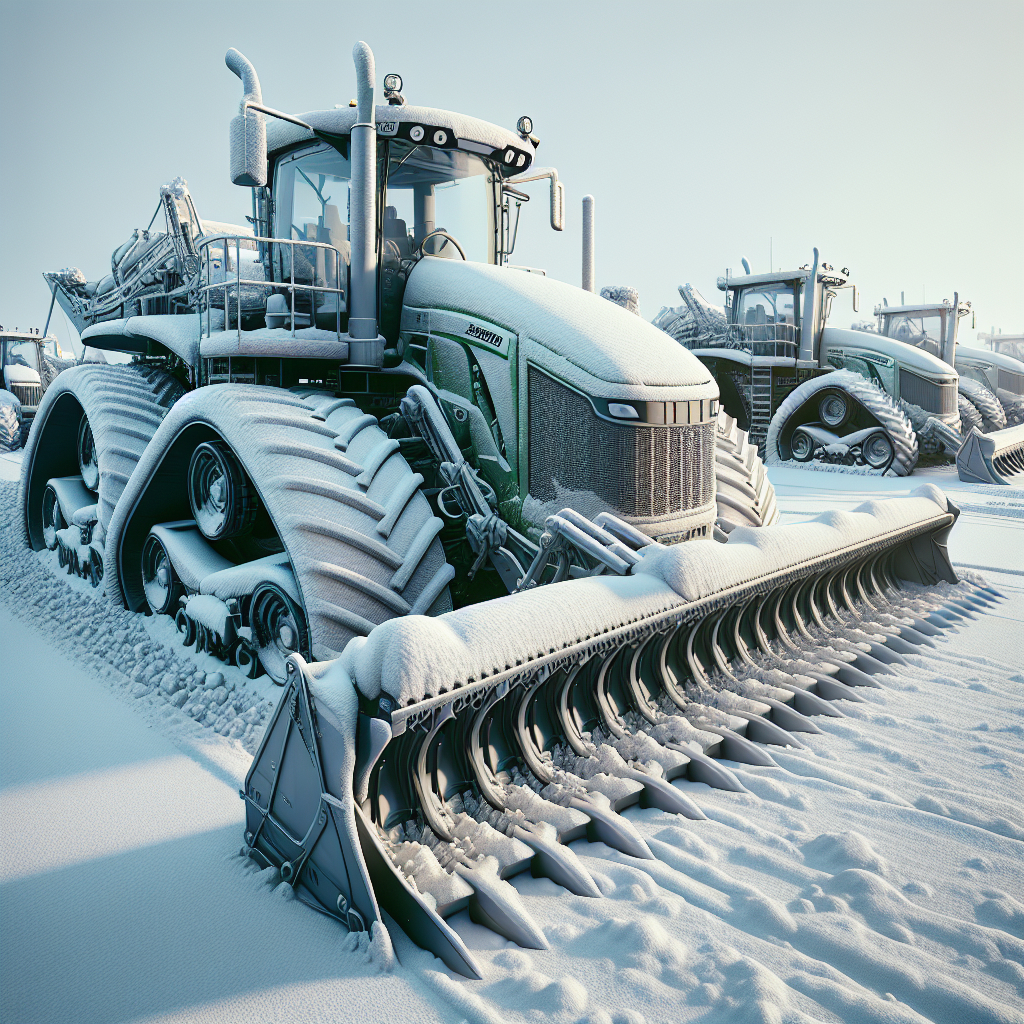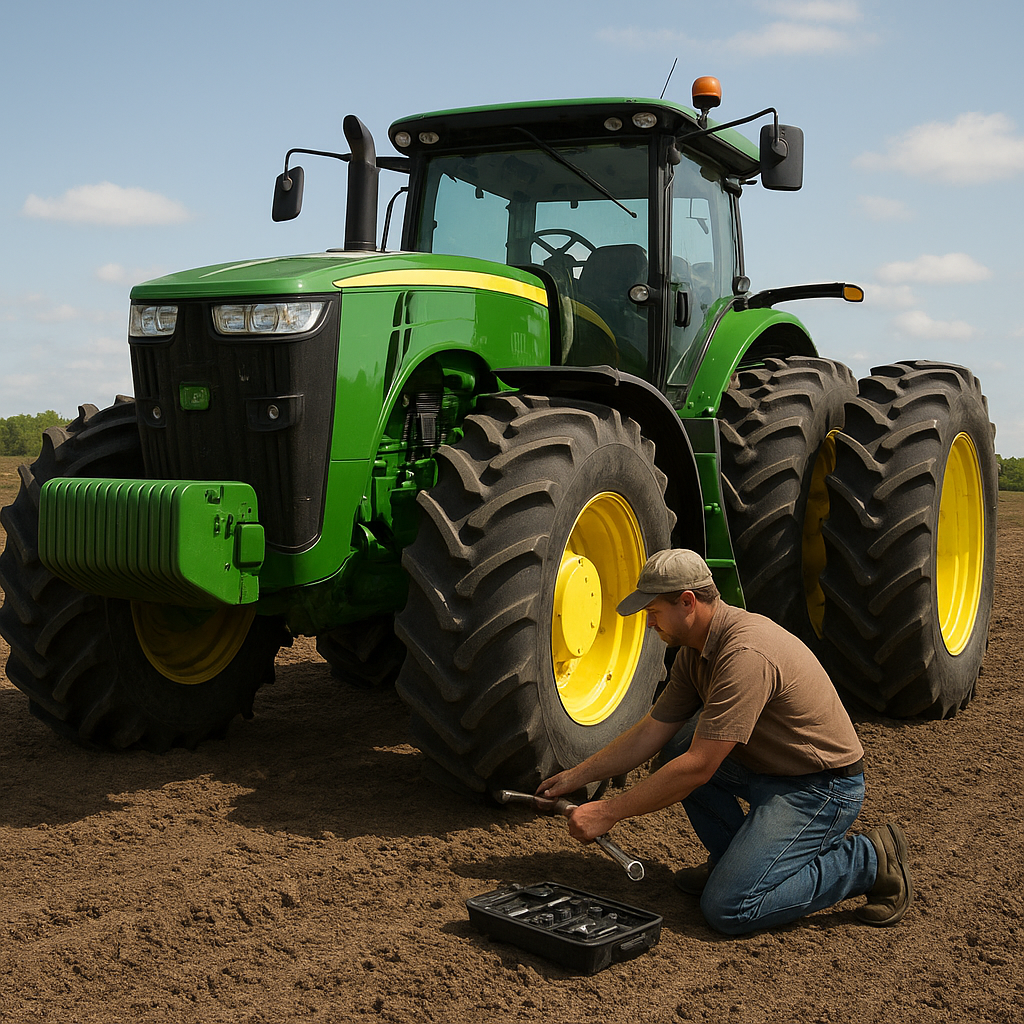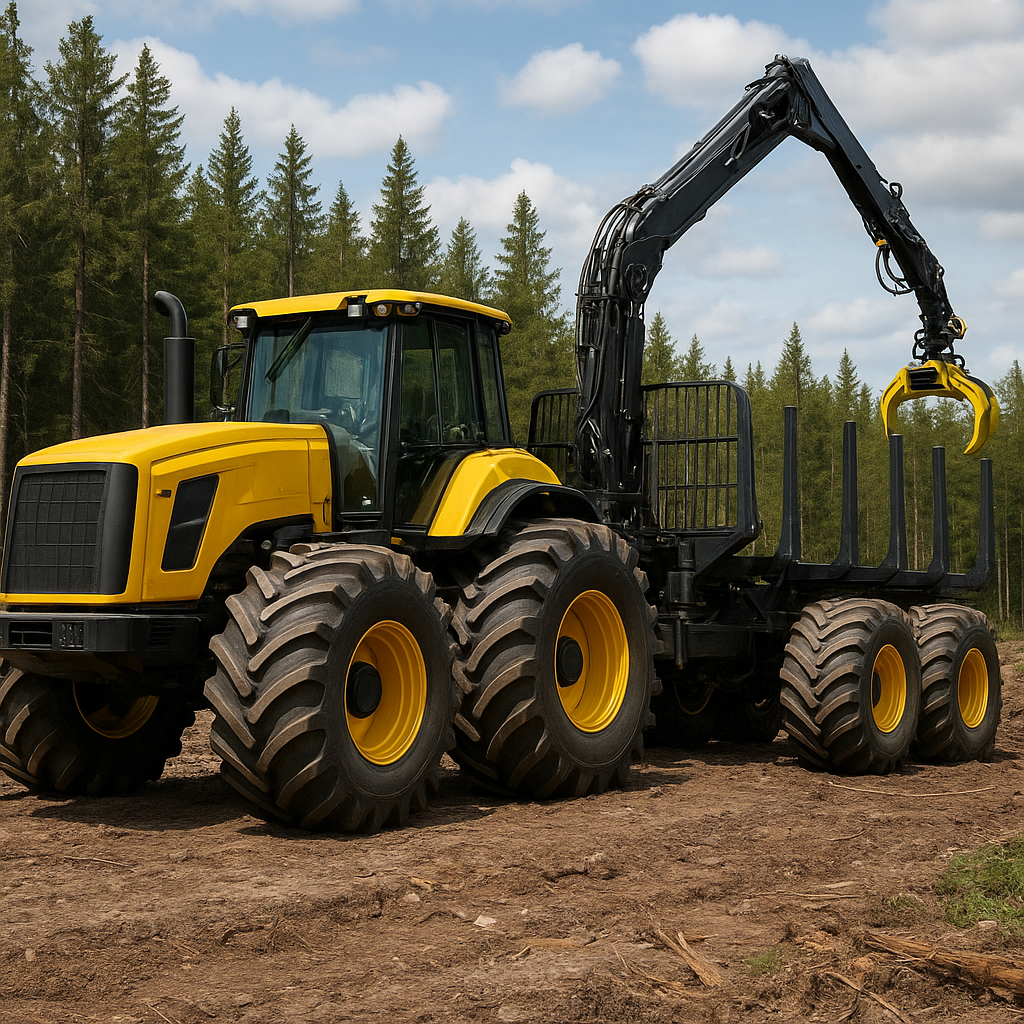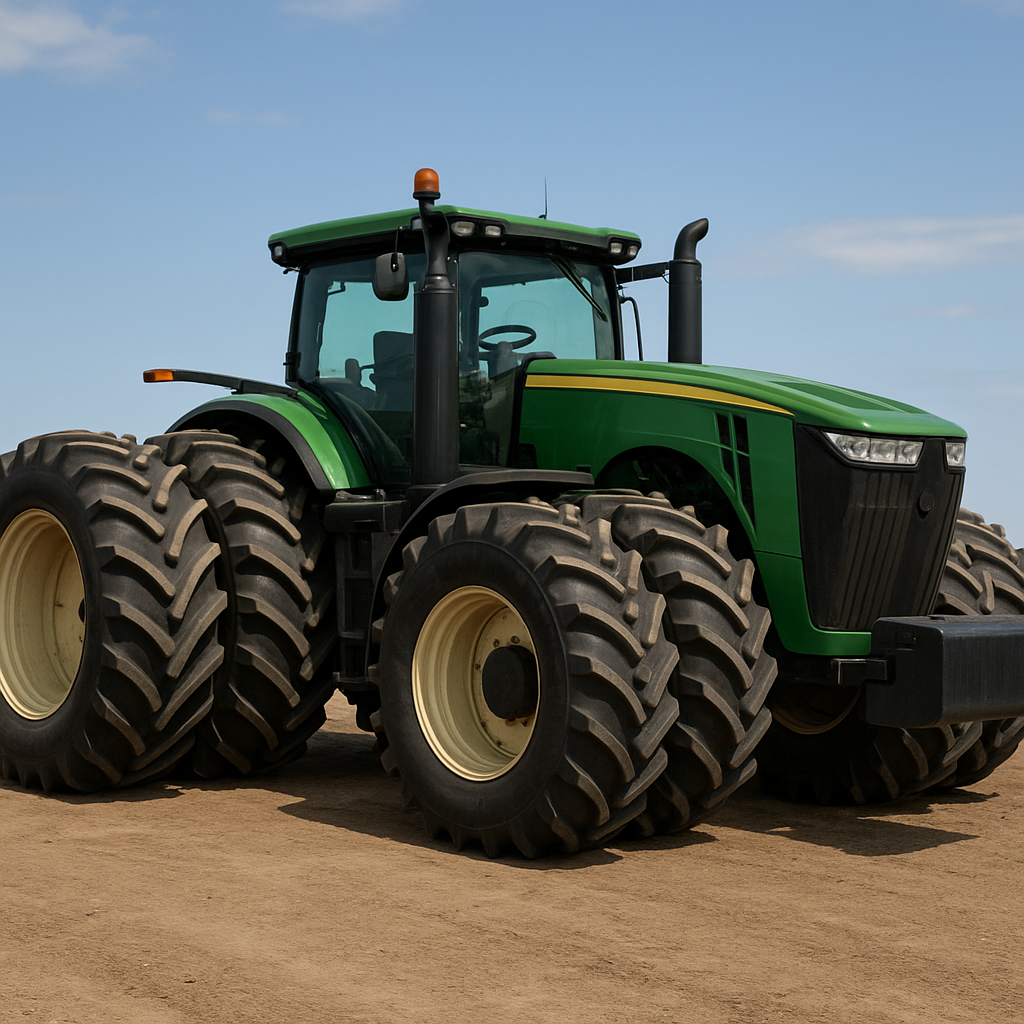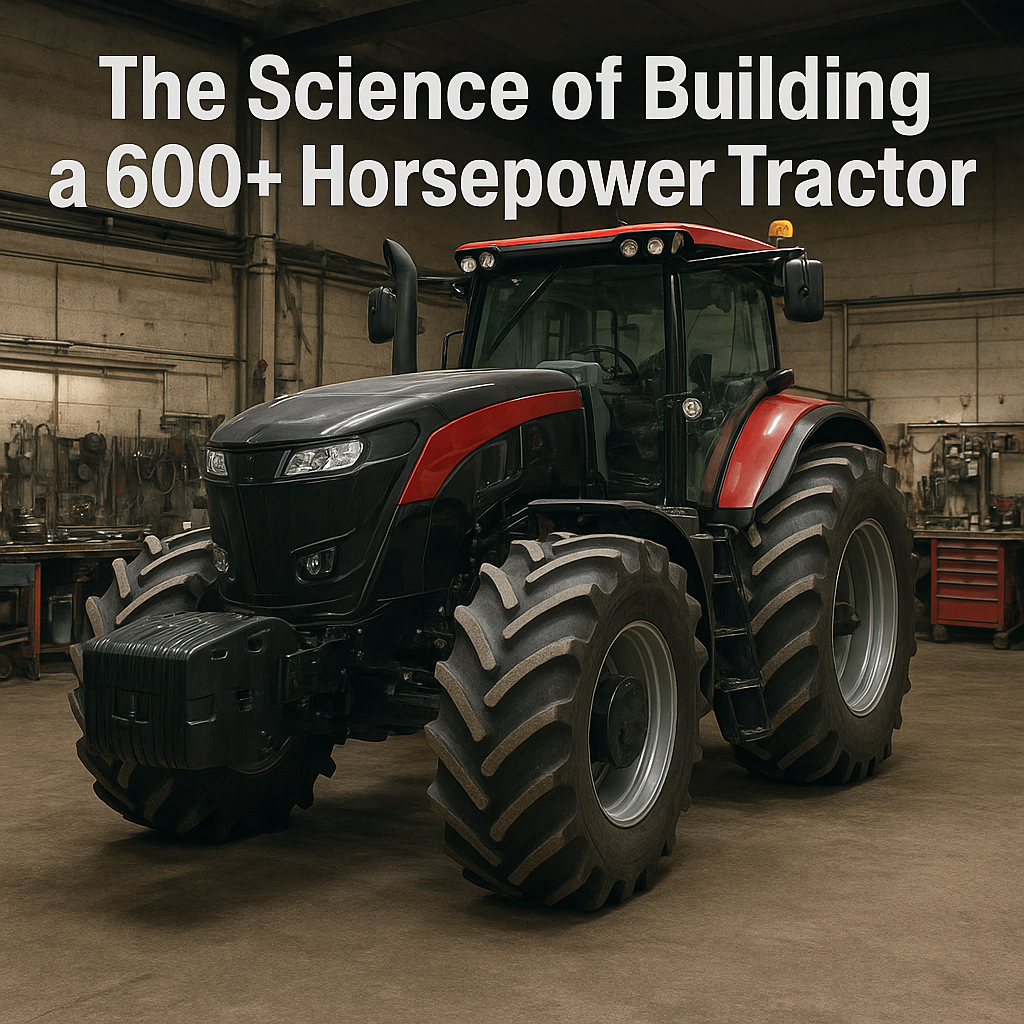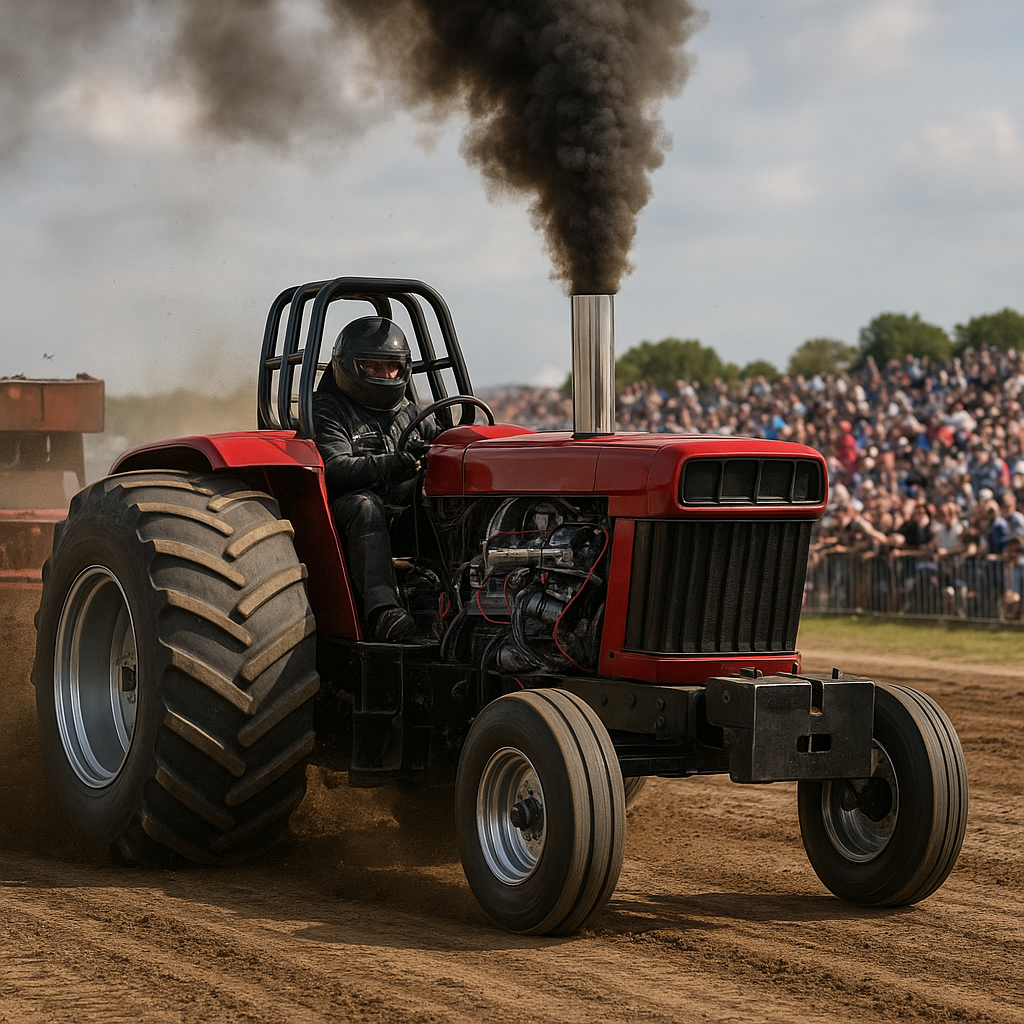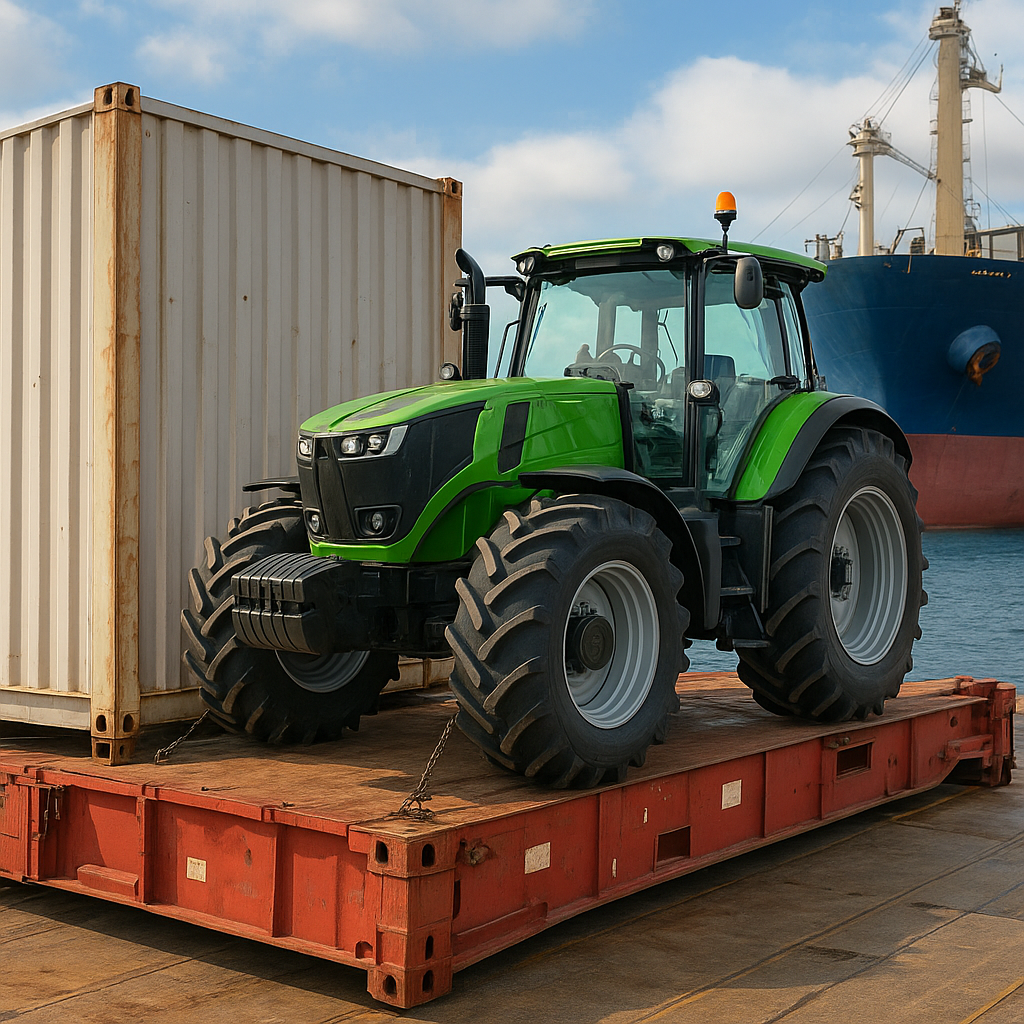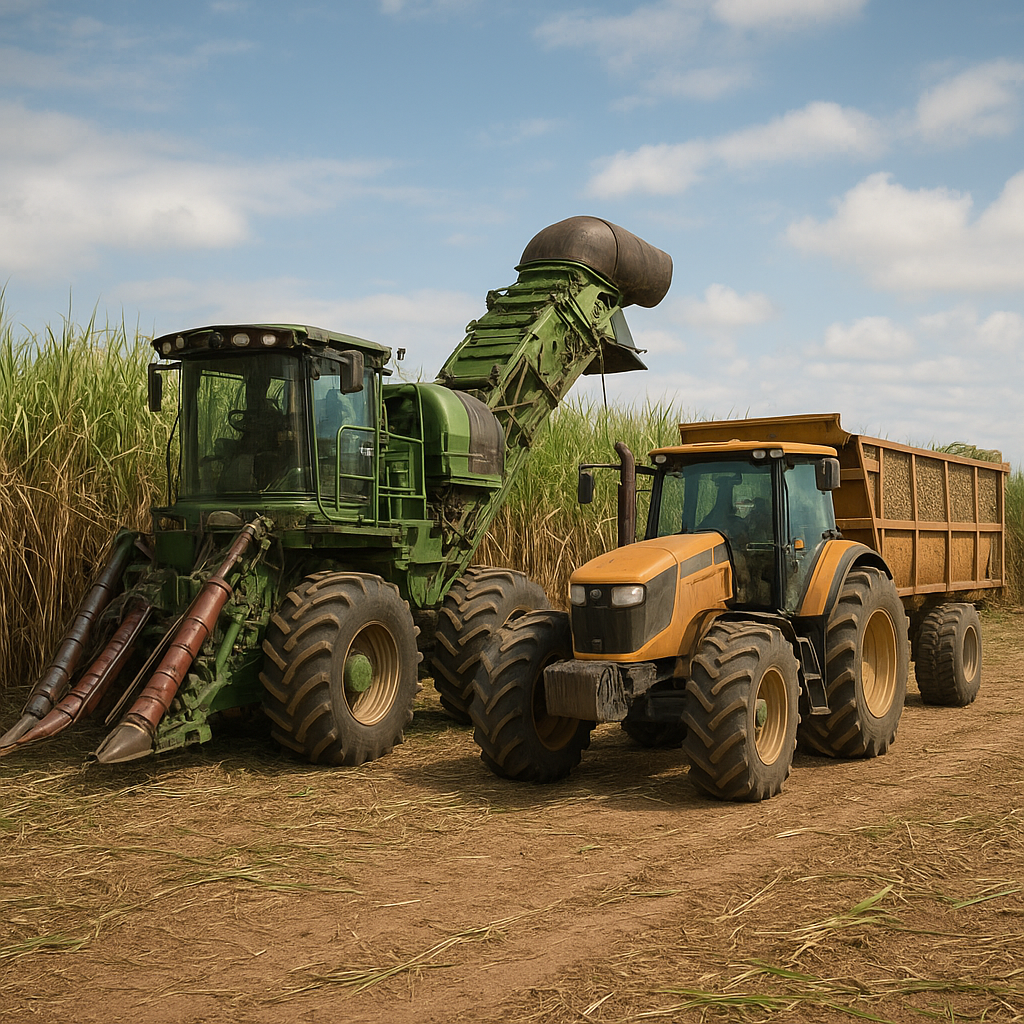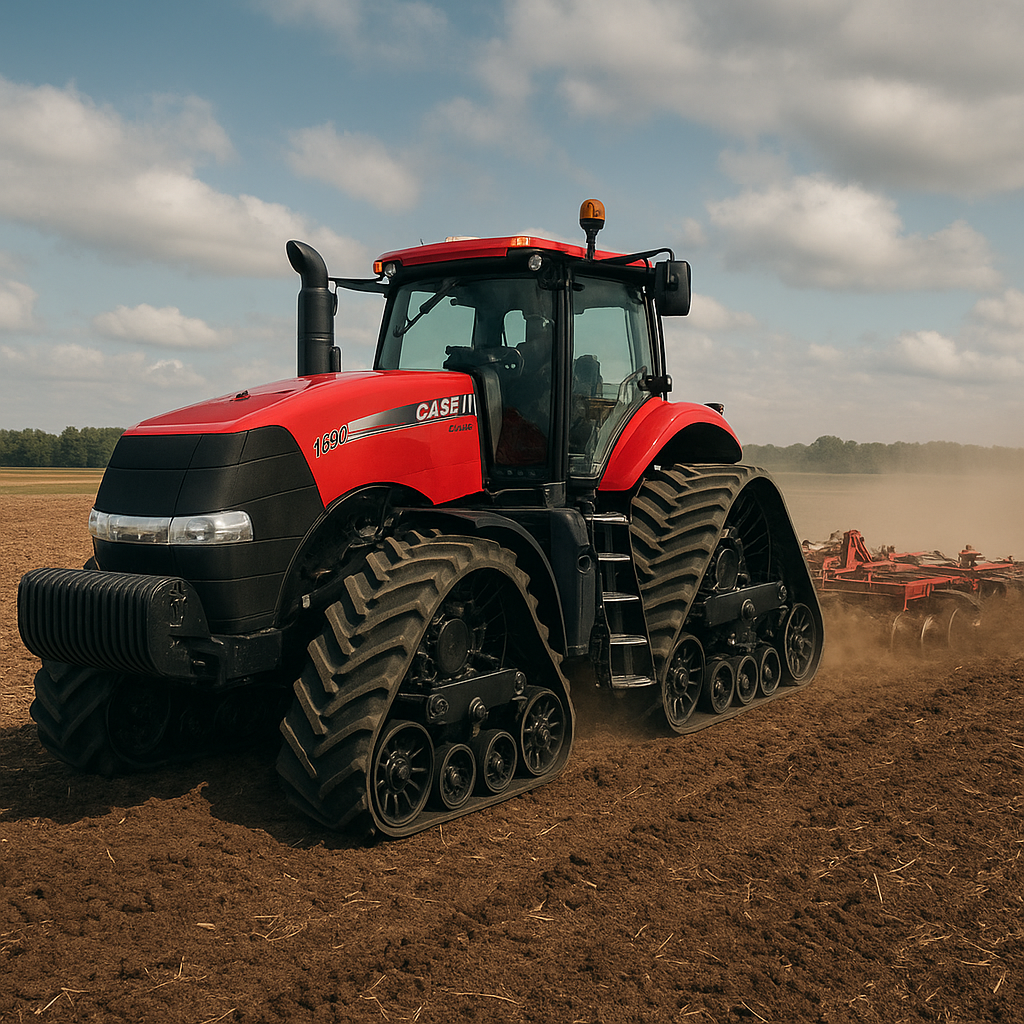Tractors, traditionally seen as the backbone of agricultural work, have found a new role in winter maintenance, particularly in snow clearing. This article delves into how these robust machines are adapted for winter tasks, ensuring that roads, driveways, and public spaces remain accessible even during heavy snowfall.
The Evolution of Tractors in Snow Clearing
Tractors have long been associated with farming, plowing fields, and harvesting crops. However, their versatility and power have made them invaluable in other sectors, including snow clearing. The transition from agricultural fields to snowy roads involves several modifications and attachments that enable tractors to handle the unique challenges posed by winter weather.
Attachments and Modifications
One of the primary adaptations for snow clearing is the addition of snow plows and blowers. These attachments are designed to handle large volumes of snow, pushing or blowing it out of the way to create clear paths. Snow plows are typically mounted on the front of the tractor, allowing the operator to push snow to the side as they drive. Snow blowers, on the other hand, can be mounted on either the front or rear and are used to throw snow a considerable distance away from the cleared path.
Another crucial modification is the installation of tire chains or specialized snow tires. These enhancements provide the necessary traction on icy and snowy surfaces, preventing the tractor from slipping and ensuring it can operate efficiently in challenging conditions. Additionally, some tractors are equipped with heated cabs, providing comfort to the operator during long hours of snow clearing in freezing temperatures.
Hydraulic Systems and Power
Modern tractors are equipped with advanced hydraulic systems that enhance their snow-clearing capabilities. These systems allow for precise control of attachments, making it easier to maneuver and adjust the angle of the plow or blower. The hydraulic power also ensures that the attachments can handle heavy, compacted snow without straining the tractor’s engine.
Furthermore, the power output of tractors has increased significantly over the years. High-horsepower engines provide the necessary force to move large amounts of snow quickly and efficiently. This power, combined with the durability and reliability of tractors, makes them ideal for winter maintenance tasks.
Benefits of Using Tractors for Snow Clearing
Using tractors for snow clearing offers several advantages over traditional snow removal methods. These benefits make tractors a popular choice for municipalities, businesses, and even private property owners looking to maintain clear and safe pathways during the winter months.
Efficiency and Speed
Tractors are designed for heavy-duty work, and their powerful engines and robust construction allow them to clear snow quickly and efficiently. This efficiency is particularly important in areas that experience heavy snowfall, where timely snow removal is crucial to maintaining accessibility and safety. Tractors can cover large areas in a short amount of time, reducing the labor and time required for snow clearing.
Versatility
One of the key advantages of using tractors for snow clearing is their versatility. With the right attachments, a single tractor can perform multiple tasks, from plowing and blowing snow to spreading salt or sand on icy surfaces. This versatility reduces the need for multiple specialized machines, saving both space and money for operators.
Durability and Reliability
Tractors are built to withstand harsh conditions and heavy use, making them ideal for winter maintenance. Their durability ensures that they can operate effectively even in extreme weather, while their reliability minimizes the risk of breakdowns during critical snow-clearing operations. This reliability is essential for maintaining clear and safe pathways, particularly in areas where snow accumulation can quickly become a hazard.
Cost-Effectiveness
While the initial investment in a tractor and its attachments may be significant, the long-term cost-effectiveness of using tractors for snow clearing is undeniable. The versatility and durability of tractors mean that they can be used year-round for various tasks, maximizing the return on investment. Additionally, the efficiency and speed of tractors reduce labor costs and the time required for snow removal, further enhancing their cost-effectiveness.
Case Studies: Tractors in Action
To illustrate the effectiveness of tractors in snow clearing, let’s look at a few case studies where these machines have been successfully adapted for winter work.
Municipal Snow Clearing
In many municipalities, tractors have become a staple of winter maintenance fleets. For example, the city of Minneapolis, Minnesota, experiences heavy snowfall each winter. The city’s public works department uses a fleet of tractors equipped with snow plows and blowers to keep roads and public spaces clear. The tractors’ efficiency and power allow the city to respond quickly to snowstorms, ensuring that residents can travel safely even during severe weather.
Commercial Property Maintenance
Commercial properties, such as shopping centers and office complexes, also benefit from using tractors for snow clearing. A large shopping center in Buffalo, New York, uses tractors with snow plows and salt spreaders to maintain clear parking lots and walkways. The tractors’ versatility allows the maintenance team to quickly switch between plowing, blowing, and spreading salt, ensuring that the property remains accessible and safe for customers and employees.
Private Property Owners
Even private property owners are turning to tractors for snow clearing. A rural homeowner in Vermont, for example, uses a compact tractor with a front-mounted snow blower to clear their long driveway and access road. The tractor’s power and maneuverability make it easy to handle the heavy snowfall typical of the region, providing the homeowner with a reliable and efficient snow-clearing solution.
Future Trends in Tractor-Based Snow Clearing
As technology continues to advance, the future of tractor-based snow clearing looks promising. Innovations in automation, connectivity, and sustainability are set to enhance the capabilities of tractors, making them even more effective for winter maintenance.
Automation and Autonomous Tractors
One of the most exciting trends in the industry is the development of autonomous tractors. These machines are equipped with advanced sensors, GPS, and artificial intelligence, allowing them to operate without human intervention. Autonomous tractors can be programmed to follow specific routes and perform snow-clearing tasks with precision, reducing the need for manual labor and increasing efficiency. While fully autonomous tractors are still in the early stages of development, they hold great potential for the future of snow clearing.
Connectivity and Smart Technology
Connectivity and smart technology are also playing a significant role in the evolution of tractors. Modern tractors are increasingly equipped with telematics systems that provide real-time data on their performance, location, and condition. This data can be used to optimize snow-clearing operations, monitor the health of the tractor, and schedule maintenance proactively. Additionally, smart technology allows operators to control and monitor tractors remotely, enhancing their ability to respond to changing weather conditions and snow accumulation.
Sustainability and Eco-Friendly Solutions
As environmental concerns continue to grow, the demand for sustainable and eco-friendly snow-clearing solutions is increasing. Manufacturers are developing tractors with lower emissions and improved fuel efficiency, reducing their environmental impact. Electric and hybrid tractors are also emerging as viable options, offering the benefits of reduced emissions and lower operating costs. These advancements in sustainability are set to make tractor-based snow clearing more environmentally friendly and economically viable in the long term.
Conclusion
Tractors have proven to be invaluable assets in the realm of snow clearing, offering efficiency, versatility, and reliability. With the right attachments and modifications, these agricultural machines can be adapted to handle the unique challenges of winter maintenance, ensuring that roads, driveways, and public spaces remain accessible and safe. As technology continues to advance, the future of tractor-based snow clearing looks promising, with innovations in automation, connectivity, and sustainability set to enhance their capabilities even further. Whether for municipalities, commercial properties, or private owners, tractors are poised to remain a key tool in the fight against winter weather.
